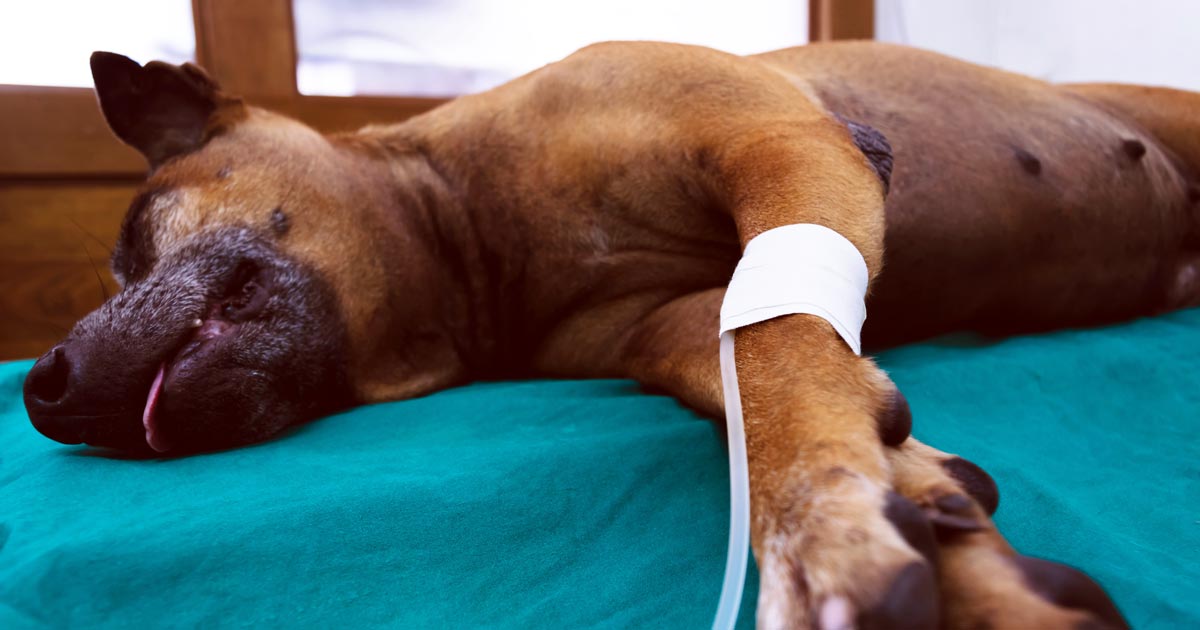Tag: Liver
-

Oh, CR*P! Using point-of-care C-reactive protein tests
—
by
Few companies now offer affordable point-of-care tests for canine C-reactive protein (CRP). As we did when we recently received our new box of CRP slides, you might soon be asking the question: what do we even do with this stuff? Here’s what we’ve learnt… CRP is one of the acute phase proteins produced by the…
-
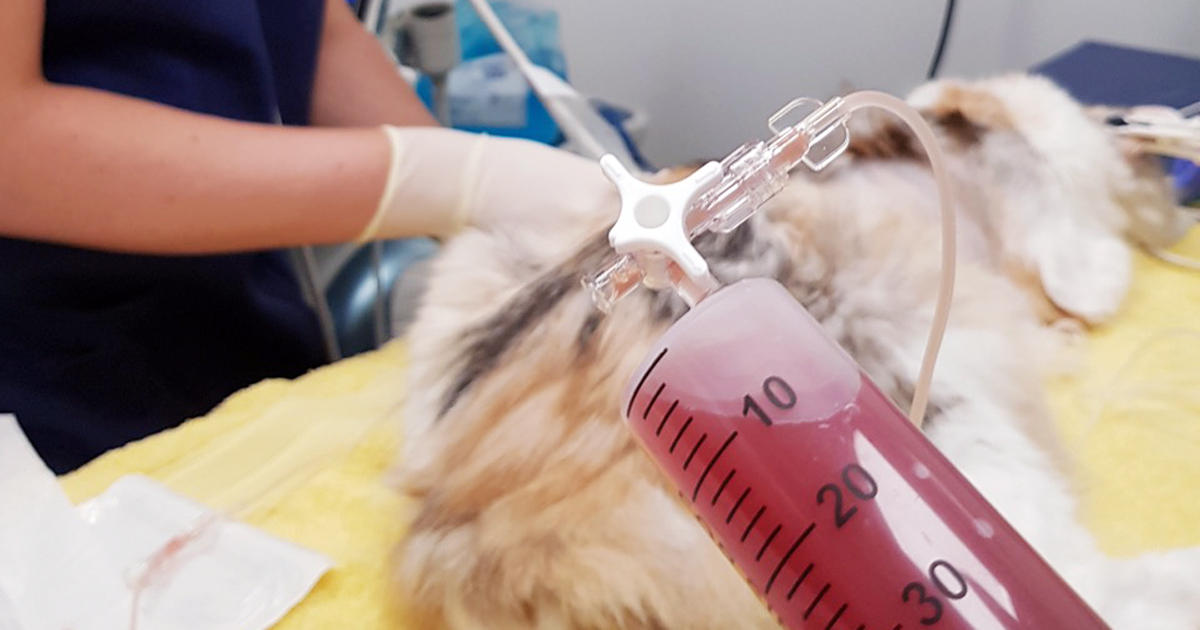
Thoracentesis, part 2: sample work
—
by
Last week we gave some hints and tips about how to perform a thoracocentesis. This week we look at what to do with the sample you collected and where to go to next. Looking at the sample is not enough, there are several things you need to do to make sure you are getting the…
-

Hypoglycaemia
—
by
Blood glucose is an important parameter that should be included in every “emergency database”. Hypoglycaemia is considered when blood glucose levels drop below 3.5mmol/L or 63mg/dL. Symptoms can start as being vague, such as lethargy and weakness, then progress to tremoring and seizures. One important point is that, in an emergency setting, although reduced food…
-
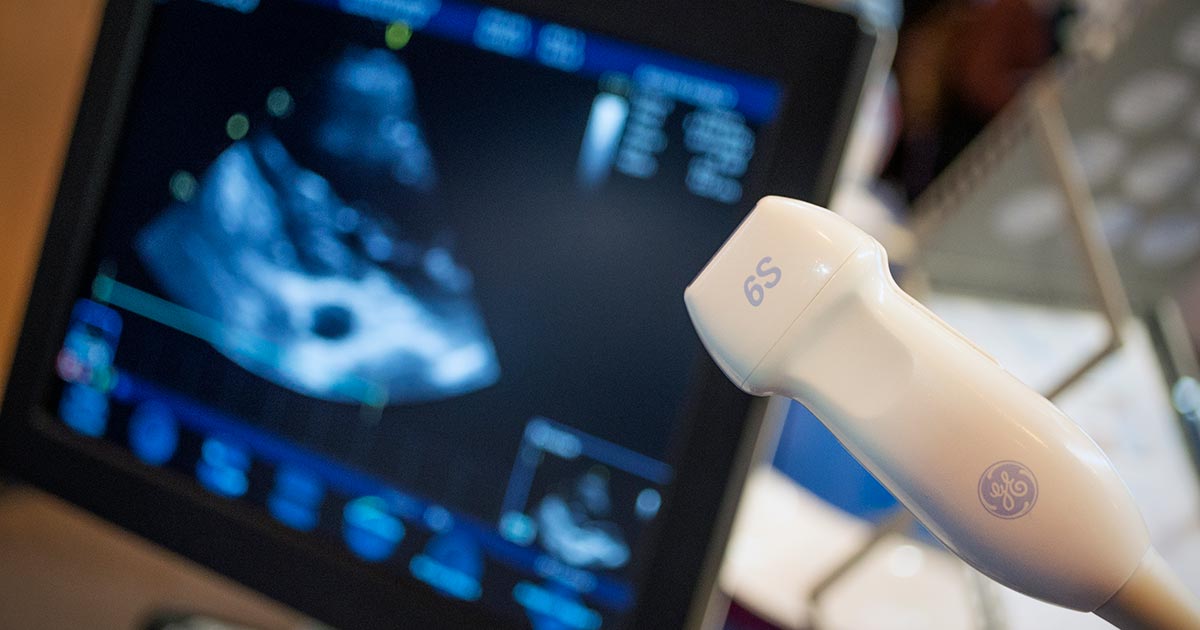
Abdominal ultrasound, pt 3: scanning procedure
—
by
I cannot stress enough how crucial it is to develop a systematic approach to doing ultrasounds. Not only will this approach help develop an anatomic mind map, it will also safeguard you from accidentally overlooking organs. When examining each individual organ, the same theory applies. This will ensure you look at each organ in its…
-
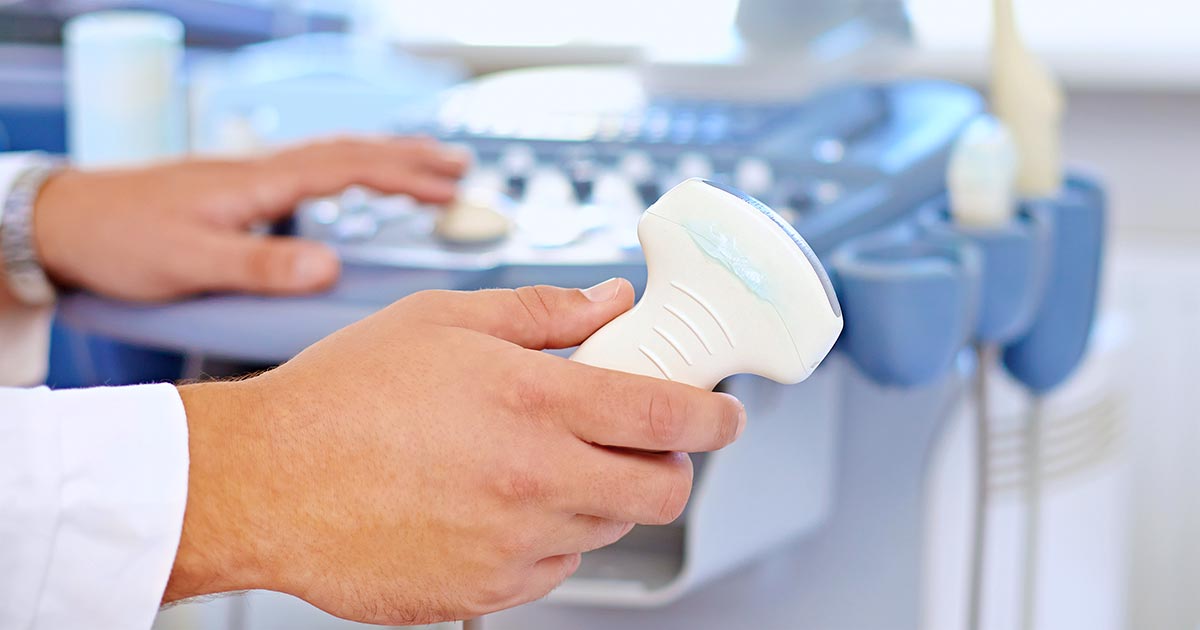
Abdominal ultrasound, pt 2: optimising image quality
—
by
In my previous blog, I introduced the function of all the buttons and dials on the ultrasound machine. Once you are familiar with their functions, the next step is to learn how to use them to optimise image quality. In this post, I will discuss – step by step – which functions you should adjust…
-
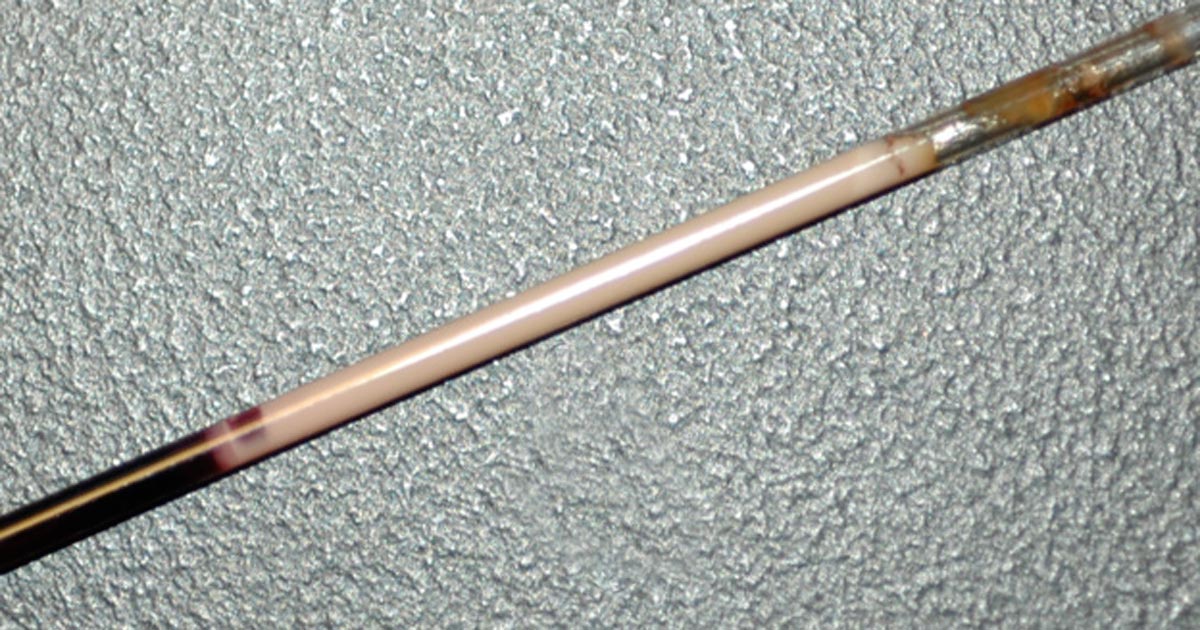
Lipaemia – the bane of biochemistry
—
by
Last week we covered haemolysed samples – this week we’re looking at lipaemic samples. Lipaemic samples are caused by an excess of lipoproteins in the blood, creating a milky/turbid appearance that interferes with multiple biochemical tests and can even cause haemolysis of red blood cells. Lipaemia can follow recent ingestion of a meal – especially…
-
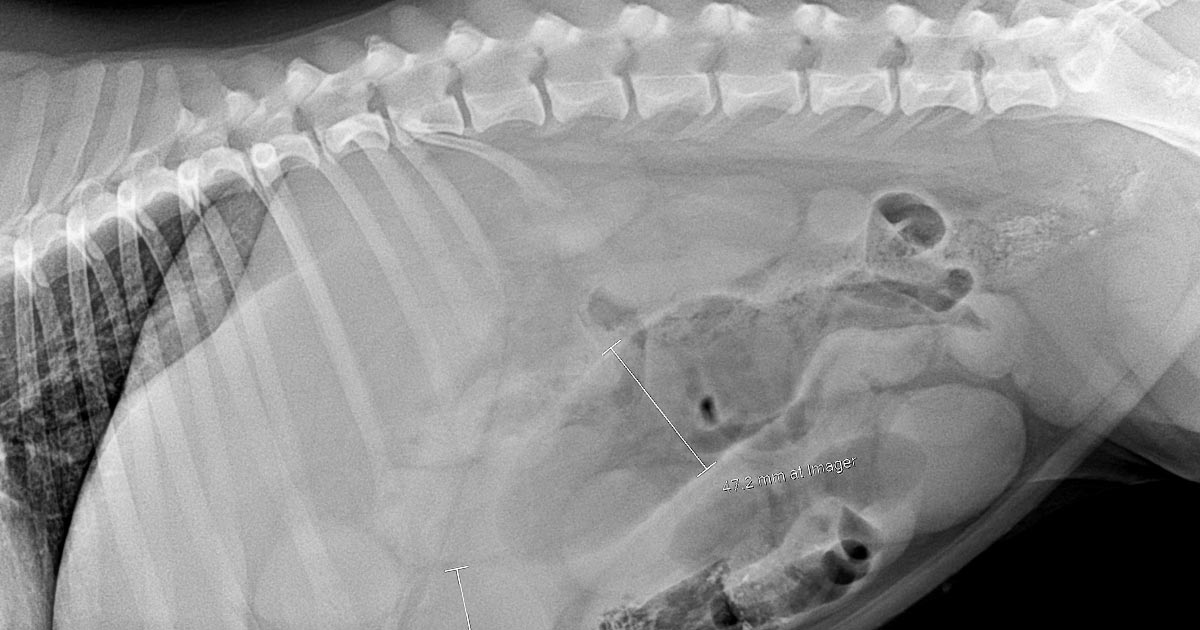
Abdominal radiography, part 2
—
by
Last week’s tips (Abdominal radiography, part 1) were about taking appropriate images. Now, here are some tips on interpreting those images. Interpretation I often find there is too much to look at and it gets confusing with overlapping organs. I like to step back and look from a distance; sometimes, this gives me an overview…
-

AFAST, part 1
—
by
AFAST = Abdominal Focused Assessment with Sonography for Trauma In the emergency setting, focused ultrasound examinations are increasingly being used as extensions of the physical examination. The goal is the identification of life-threatening conditions – such as internal bleeding or organ rupture – but can also assist in tracking conditions over a period of time.…
-
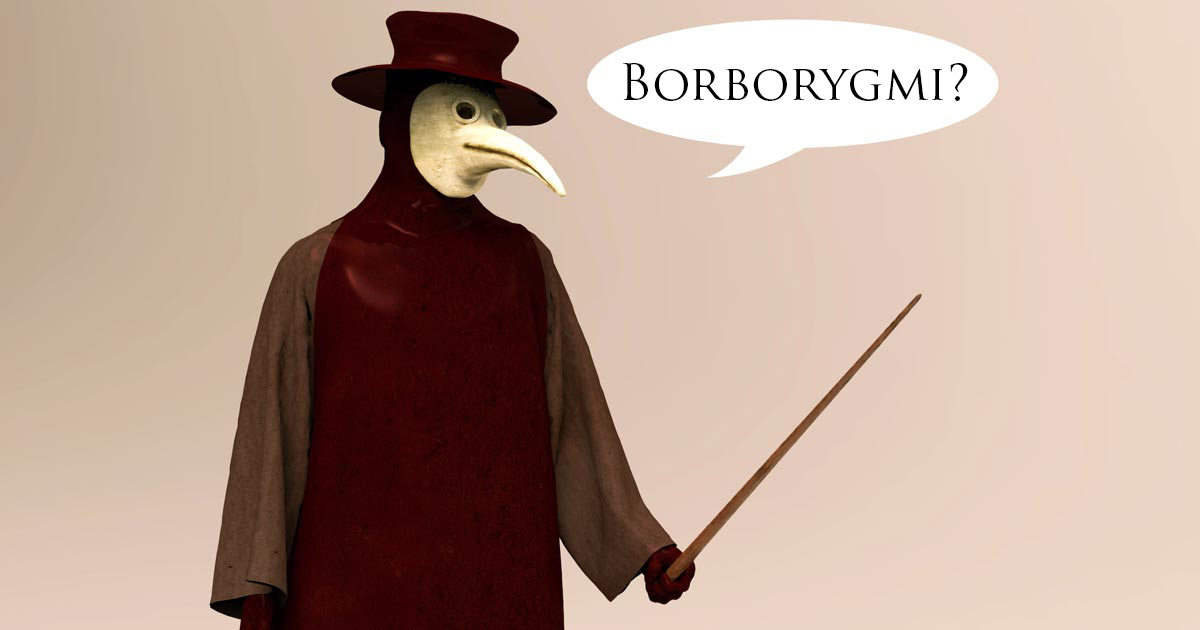
Lexicus veterinaris
—
by
It was tough being a medical practitioner in the middle ages. The science of anatomy was advancing nicely – because one of humanity’s strengths throughout history has been making sure people’s innards ended up as outtards, giving scientifically minded people ample opportunity to study them (provided it wasn’t their own outtards, in which case they…
